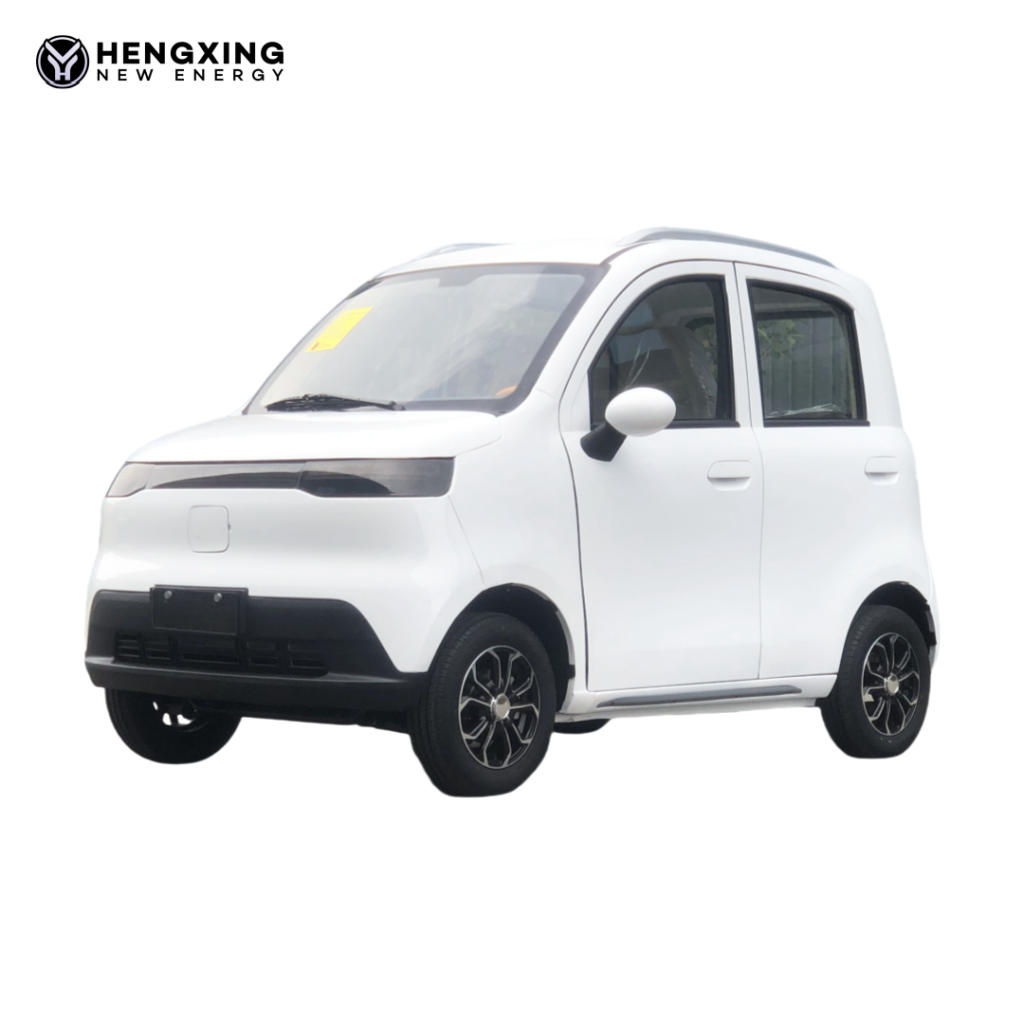As the popularity of electric vehicles (EVs) continues to soar, many prospective EV owners have questions about charging times. Unlike traditional gas-powered cars that can be refueled in minutes, electric vehicles require varying amounts of time to recharge, depending on factors like battery size, charging method, and the type of charger used. In this guide, we’ll dive into everything you need to know about charging times, from quick charges to full top-ups, and explore what electric vehicles manufacturers are doing to improve charging efficiency.

Types of EV Chargers and Their Charging Speeds
Charging time for an electric vehicle can vary significantly based on the type of charger used. Here are the three primary types:
1. Level 1 Charging:
Charging Speed: About 2 to 5 miles of range per hour.
Description: Level 1 chargers use a standard household 120V outlet, which makes them the slowest but most accessible charging option.
Best For: Level 1 charging is suitable for overnight charging at home, particularly for those who drive less than 40 miles daily or have the ability to charge overnight consistently.
2. Level 2 Charging:
Charging Speed: Roughly 10 to 30 miles of range per hour.
Description: Level 2 chargers use a 240V outlet, similar to what’s used for large appliances like dryers. They are commonly found at public charging stations, workplaces, and in-home charging setups.
Best For: This option is ideal for quicker home charging and is the preferred choice for most EV owners who need a faster, reliable charge each day.
3. DC Fast Charging (Level 3):
Charging Speed: Up to 80% of the battery can be charged in about 20-40 minutes.
Description: DC Fast Chargers deliver direct current to the battery, bypassing the EV’s onboard converter, allowing for a much quicker charge.
Best For: Road trips and quick top-ups during longer drives. However, frequent fast charging is generally not recommended as it can degrade battery health over time.
Factors Affecting EV Charging Time
Several factors can impact how long it takes to charge an electric vehicle, beyond just the type of charger. Here are some key elements:
1.Battery Size:
Larger batteries take longer to charge but offer a longer driving range. Compact EVs with smaller batteries, like the Nissan Leaf, require less time to reach a full charge than models with larger batteries, like the Tesla Model S.
2.State of Charge (SOC):
If your EV battery is almost empty, it will take longer to reach full capacity. However, charging from 20% to 80% is usually quicker than from 80% to 100% because charging slows down as it approaches a full charge to protect battery health.
3.Temperature:
Extreme temperatures, both hot and cold, can slow down charging times. Many electric vehicles manufacturers have built-in battery temperature management systems, but charging may still be slower in very cold or very hot weather.
4.Charger Availability:
Public charging stations vary in power output, with some fast chargers delivering up to 350 kW, while others max out at 50 kW. If you’re charging at home, a Level 2 charger is likely your best option for speed and convenience.
Fast Charging vs. Home Charging: Which One to Choose?
Deciding whether to rely on fast charging or home charging depends on your lifestyle and driving needs:
1.Home Charging:
For daily commuting and routine driving, home charging with a Level 1 or Level 2 charger is ideal. It’s convenient, cost-effective, and helps maintain battery health by avoiding frequent fast charges.
2.Fast Charging:
For long trips or when you need a quick top-up, fast chargers are invaluable. Just keep in mind that while DC fast charging is convenient, it can slightly reduce the overall lifespan of the battery if used frequently.
If you’re planning to buy electric vehicle models that offer longer ranges, you may be able to rely more on home charging without needing fast charging as frequently.
The Future of EV Charging: What to Expect
As EV technology advances, so do the efforts of electric vehicles manufacturers to improve charging speeds. Here’s what to expect in the near future:
1.Higher-Powered Fast Chargers:
Some fast chargers now offer up to 350 kW of power, which can charge compatible EVs in 15-20 minutes. More stations with high-power chargers are expected to roll out in the coming years, making long-distance EV travel even easier.
2.Better Battery Technology:
Battery research is ongoing, with new technologies promising faster charging, longer lifespans, and increased energy density. These advancements may make it possible to charge EVs as quickly as filling a gas tank.
3.Wireless Charging:
Some electric vehicles manufacturers are exploring wireless charging systems, allowing EVs to charge simply by parking over a charging pad. While still in development, this technology could transform the convenience of EV charging in the future.
Conclusion
Charging an electric vehicle can take anywhere from 20 minutes to over 24 hours, depending on the charger type, battery size, and state of charge. For most daily driving needs, Level 2 home charging provides the ideal balance between convenience and speed. However, for road trips or quick top-ups, fast charging is essential.
When looking at electric vehicles for sale, consider how often you’ll need to charge and whether fast charging options are available in your area. Advances in battery technology and charging infrastructure mean that charging times will only continue to decrease, making EVs even more practical for a wider range of drivers.
